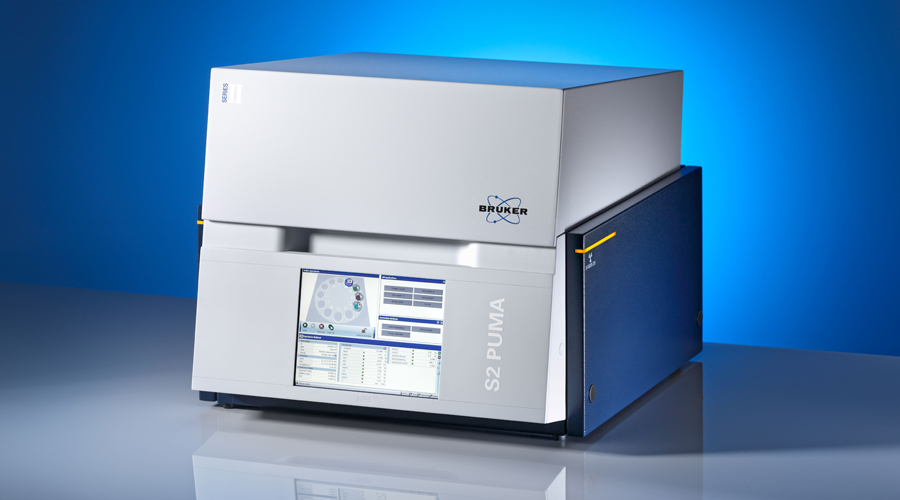

Critical Zone and Environmental Science
Analytical Tools for the Ecosystems and Environments that Support Life on Earth
The critical zone supports all terrestrial life. Together with environmental sciences, studies focused on the critical zone seek to understand the complex interactions between hydrosphere, cryosphere, lithosphere, biosphere and atmosphere that result in the products, such as soil, and processes that support ecosystems and determine the availability of resources. Bruker seeks to provide innovative technological solutions for monitoring and characterizing ecosystem substrates, nutrients, contaminants and life.
Water Analysis with Innovative Tools
Water is Earth’s most valuable resource. Bruker provides tools that measure all aspects of water ranging from heavy metal contents to organic compounds, microplastic particles to oils, that may be found in water. Bruker helps to ensure water quality on many different levels with ultimate accuracy whether analysis happens in the field or in the lab.
Total Reflection X-Ray Fluorescence (TXRF) is one such tool. TXRF is a versatile and sensitive technique for the analysis of heavy metals in water, achieved with minimal cost and sample preparation, measuring the concentrations of elements from Mg – U down to sub parts-per-billion levels. Since the technology is based on Energy Dispersive XRF, all elements present in a sample are included in the same measurement allowing for a complete elemental profile of water samples. Solutions include:
The versatile and rugged S2 PICOFOX, which may be equipped with a 25-disk sample changer and analysis range of Al – U.
The high-capacity S4 T-STAR with a 90-position sample changer and option for up to three excitations for full elemental coverage from Mg – U. The T-STAR meets some of the most difficult elemental analysis requirements.
Soil compositional and textural analysis
Soil is one of the most important natural resources in the critical zone. The use of analytical technology for the study of minerals, organic matter, gasses and liquids in soils, including contaminated soils and constituents for pedologic studies and agronomy is well established. Bruker’s analytical tools include:
Portable XRF for assessing soil physicochemical properties in-situ, including soil texture and composition
Fine-scale geochemical mapping with micro-XRF allowing visualization of the elemental structure of soil
High-resolution scanning electron microscopes with EDS spectrometers elucidate soil micromorphology and the microscopic weathering processes foundational to pedogenesis
Vibrational spectroscopy including FT-IR, NIR, and Raman can be used for mineral identification and organic matter characterizations.
- X-ray microscopy for characterizing the 3D spatial arrangement of the mineral and organic components, as well as the pore network.
Publications Related to Critical Zone and Environmental Science
- 2020 - Geoderma: Prediction of soil fertility via portable X-ray fluorescence (pXRF) spectrometry and soil texture in the Brazilian Coastal Plains
- 2020 - Chemosphere: Watershed-scale distributions of heavy metals in the hyporheic zones of a heavily polluted Maozhou River watershed, southern China
- 2020 - Journal of Volcanology and Geothermal Research: Deposition of metals and metalloids in the fumarolic fields of Guallatiri and Lastarria volcanoes, northern Chile
- 2020 - Chemical Geology: Major ion geochemistry in Na-Ca-Mg-K-Cl-SO4 brines using portable X-ray fluorescence spectrometry
- 2019 - Journal of Environmental Science and Health: Adsorption study of heavy metals in aqueous solutions aiming at the treatment of contaminated groundwater
- 2019 - Science of the Total Environment: Occurrence and distribution of high arsenic in sediments and groundwater of the Claromecó fluvial basin, southern Pampean plain (Argentina)
- 2019 - Environment International: Portable X-ray fluorescence for environmental assessment of soils: Not just a point and shoot method
- 2019 - IOP Conference Series: Earth and Environmental Science: (Open Access)The study of snow pollution levels based on heavy metal concentrations in Arkhangelsk, 2017-2018
- 2019 - Physicochemical Characterization and Adsorption Data Modeling: Water: (Open Access)Uptake of As(V) from Groundwater Using Fe-Mn Oxides Modified Kaolin Clay
- 2018 - Applied Radiation and Isotopes: Insights on limits of detection, precision and accuracy in TXRF analysis of trace and major elements in environmental solid suspensions
- 2016 - Environmental Research: The cauliflower-like black crusts on sandstones: A natural passive sampler to evaluate the surrounding environmental pollution
- 2014 - Spectrochimica Acta Part B: Atomic Spectroscopy: Applicability of direct total reflection X-ray fluorescence spectrometry for multielement analysis of geological and environmental objects
















